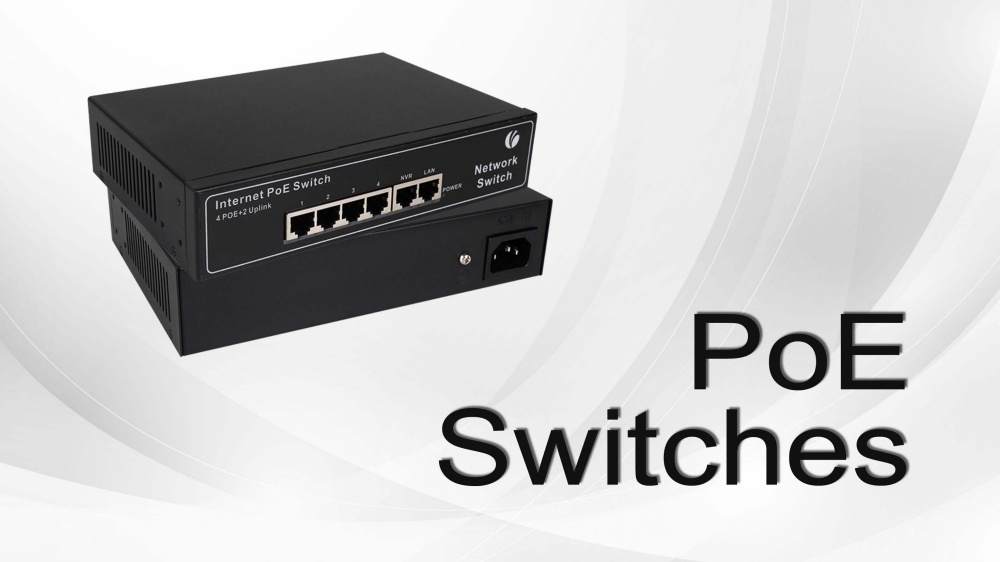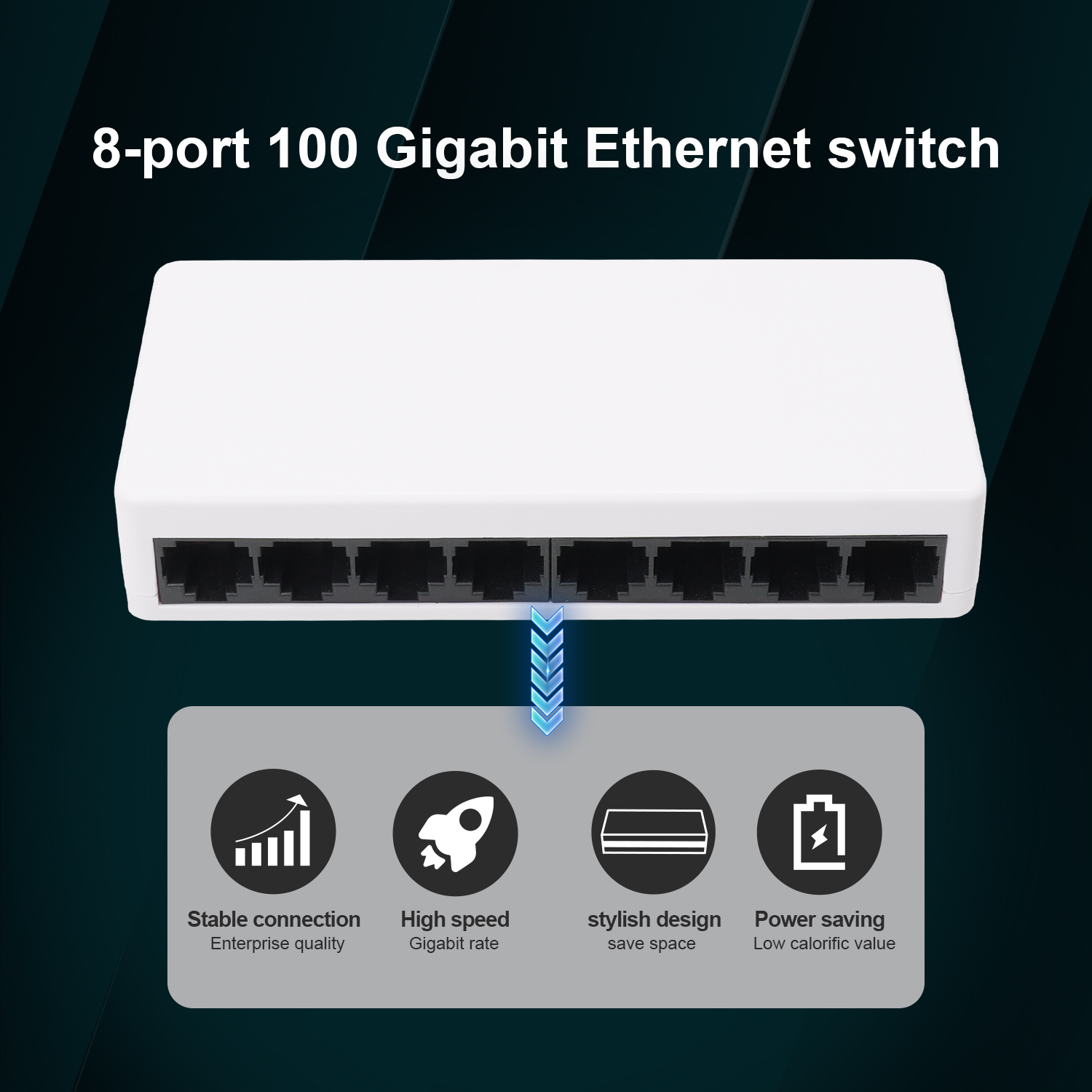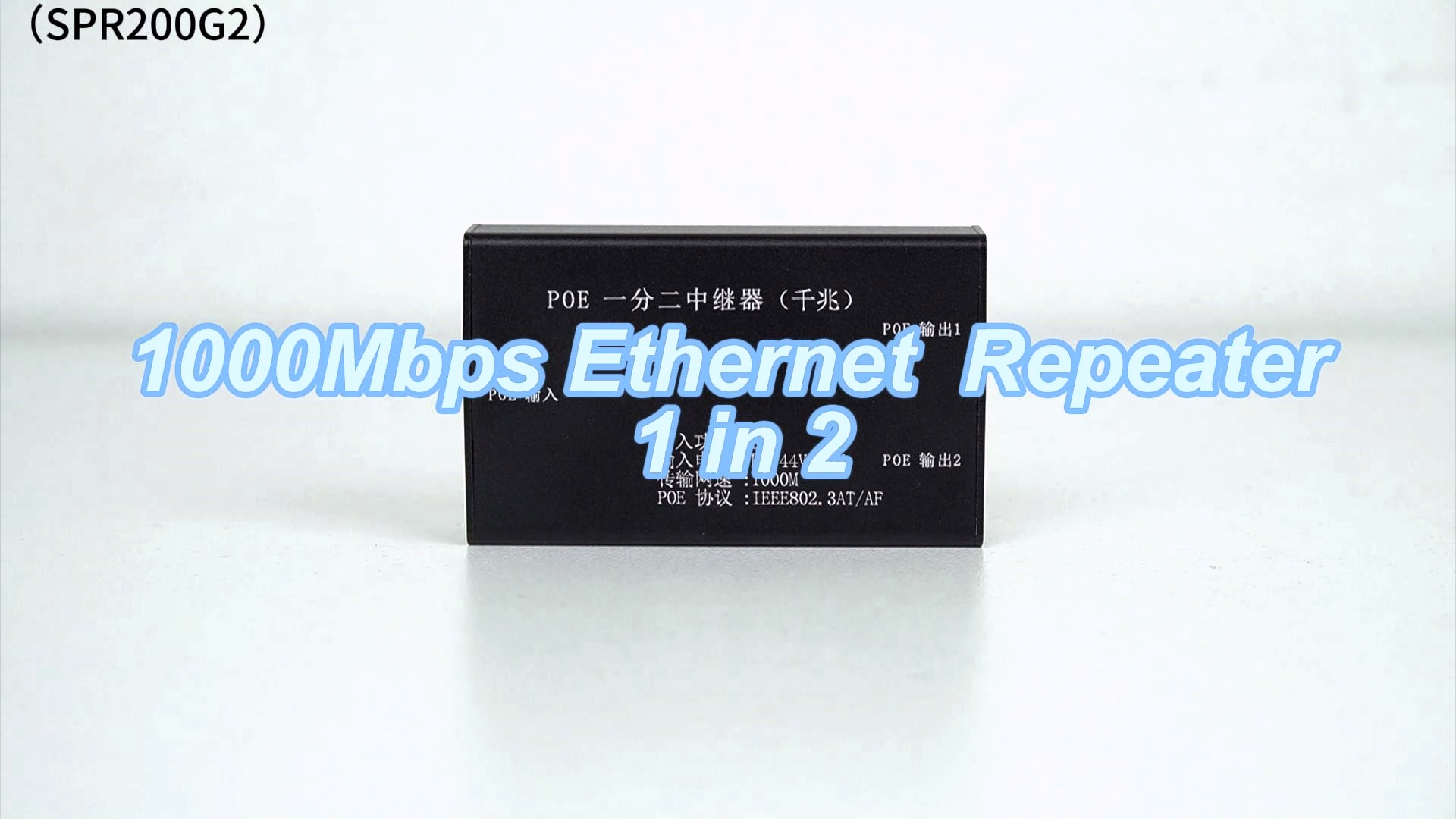Power over Ethernet (PoE) switches have revolutionized how we set up and manage network devices. By transmitting data and electrical power through a single Ethernet cable, PoE technology streamlines the installation of essential network components such as IP cameras, VoIP phones, and wireless access points.
Choosing the right PoE switch ensures efficient, reliable, and future-proof network operations. This comprehensive guide will walk you through the key factors to consider when purchasing a PoE switch, helping you make an informed decision tailored to your needs.

Understanding PoE Standards
A fundamental aspect of selecting a PoE switch is understanding the various PoE standards, which dictate the power a switch can supply. The most common standards include IEEE 802.3af, IEEE 802.3at, and IEEE 802.3bt.
IEEE 802.3af (PoE): This standard provides up to 15.4 watts per port, which is adequate for devices with low power consumption, such as basic IP cameras and some VoIP phones.
IEEE 802.3at (PoE+): Offering up to 30 watts per port, this standard is suitable for more power-intensive devices, like advanced IP cameras with pan-tilt-zoom (PTZ) capabilities or multi-band wireless access points.
IEEE 802.3bt (PoE++): The latest standard, IEEE 802.3bt, supports up to 60 or 90 watts per port, depending on the implementation. This is ideal for devices requiring substantial power, such as high-performance wireless access points, LED lighting systems, and digital signage.
Understanding these standards and ensuring compatibility between your PoE switch and powered devices is crucial to maintaining network efficiency and avoiding connectivity issues.
Power Budget
The power budget of a PoE switch is a critical consideration, as it determines the total power output available across all ports. To calculate your power needs, sum up the power requirements of all PoE-enabled devices you plan to connect. For instance, if you have five devices each requiring 10 watts, you'll need a switch with a minimum power budget of 50 watts. However, it's advisable to choose a switch with a power budget exceeding your current requirements to accommodate future growth and prevent overloading. Overloading can lead to performance issues, device malfunctions, and even network downtime.
Port Density and Configuration
Port density refers to the number of ports available on a PoE switch, which directly affects the number of devices you can connect. Assess your current and anticipated future needs to determine the appropriate number of ports. A common recommendation is to opt for a switch with more ports than currently required to allow for network expansion without needing an immediate upgrade.
Additionally, consider the type of ports you need. While gigabit ports are standard for most networks, you may require 10-gigabit ports for high-bandwidth applications, such as data centers or enterprise-level environments. The choice between managed and unmanaged switches also influences port configuration:
Managed Switches: These offer advanced features like VLAN support, Quality of Service (QoS), and traffic management, allowing for greater control and customization of network traffic. Managed switches are ideal for larger, more complex networks where performance optimization and security are priorities.
Unmanaged Switches: These provide a simpler, plug-and-play solution without the advanced features of managed switches, making them suitable for smaller, less complex networks where ease of use and cost-effectiveness are primary concerns.

Network Features and Capabilities
The features and capabilities of a PoE switch can significantly impact network performance and management. Here are some key features to consider:
VLAN Support: Virtual Local Area Networks (VLANs) allow you to segment network traffic, improving security and reducing congestion by isolating different types of traffic.
Quality of Service (QoS): QoS prioritizes critical network traffic, ensuring that essential applications, such as voice and video, operate smoothly without interruption.
Security Protocols: Advanced security features protect against unauthorized access and potential threats, safeguarding sensitive data and maintaining network integrity.
These features are particularly important for businesses with complex network needs, as they enhance performance, reliability, and security.
Environmental Considerations
When selecting a PoE switch, it's essential to consider the environment in which it will be installed. The choice between industrial-grade and commercial-grade switches depends on the installation environment:
Industrial-Grade Switches: Designed for harsh environments, these switches offer rugged construction, and wider temperature ranges, and often feature higher ingress protection (IP) ratings. They are ideal for outdoor installations, manufacturing facilities, or other locations with extreme conditions.
Commercial-Grade Switches: Suitable for standard office environments, these switches are designed for less demanding conditions and typically between performance and cost.
Consider the switch's IP rating, which indicates its resistance to dust and water. Choosing a switch that matches the environmental demands of your installation site ensures reliability and longevity, reducing the likelihood of equipment failure.
Reliability and Support
Investing in a reliable PoE switch from a reputable brand is crucial for maintaining seamless network operations. Consider the manufacturer's reputation, warranty, and technical support options. Reliable manufacturers(like VCOM) often provide regular firmware updates to enhance security and performance, ensuring your network remains protected against vulnerabilities. A robust warranty and responsive support can be invaluable in addressing any potential issues, minimizing downtime, and ensuring a smooth user experience.
Cost Considerations
While budget constraints are always a factor, it's essential to balance cost with features and performance. Investing in a higher-quality switch with a robust feature set can result in long-term savings by reducing maintenance costs and enhancing network efficiency. Consider the total cost of ownership, including installation, operation, and potential upgrades, to ensure that your investment aligns with your network's current and future needs.
Endnote
We hope this guide helps you select the right PoE switch. A well-chosen PoE switch enhances network performance, simplifies infrastructure, and provides a robust foundation for your connected devices.

Tag:PoE Switch




